May 20, 2024 | 23:45 GMT +7
May 20, 2024 | 23:45 GMT +7
Hotline: 0913.378.918
May 20, 2024 | 23:45 GMT +7
Hotline: 0913.378.918
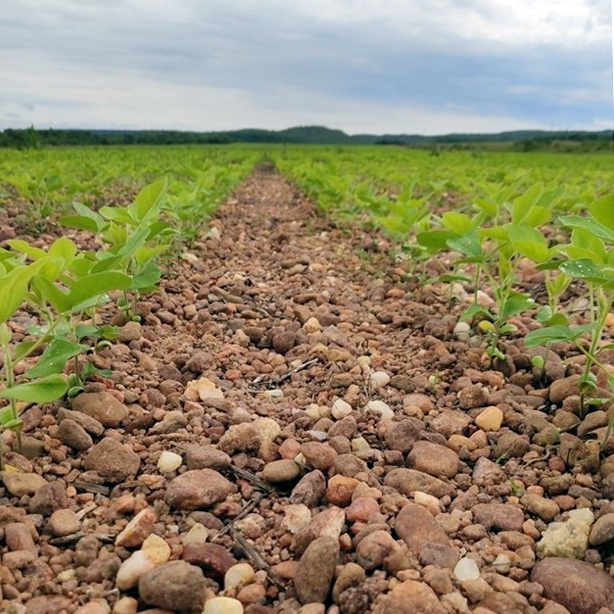
Some fields in the state of Para include large pockets of gravel mixed in the topsoil.
My recent trip confirmed what I had been hearing: that the north half of the country of Brazil looks great, while the southern half is struggling.
To start with, you don’t see a bad soybean field in Mato Grosso. And that is saying something, because it is a very large area. It was supposed to represent roughly 27% of Brazil’s soybean output, but if production in the Southern states fall off, it could end up representing much more than that. The entire MAPITOBA region over to the state of Para have been receiving timely rains, helping to give an excellent start to the season.
Keep an eye on Para
I did spend a lot of time in the southeast region of the state of Para. Para is also a very large state, known more for gold mining and cattle grazing than soybean production. That could change over time. While it represents less than 2% of Brazil’s soybean crop, farmers looking for cheaper land seemed to be flooding in from all different regions of the country.
I met with one particular farm family who had come from Mato Grosso do Sul because they could buy or rent more land in this new area than what they had back home. They also complained about how they were really impacted by the dry weather last season and that this season didn’t have a good outlook either.
My impression was it took a tremendous amount of courage to want to pick up the whole family and start over in a new area.
Cheaper land
The main attraction is cheaper land. The idea is that you could sell 1,235 acres in your area and buy 7,410 acres in a new area for the same amount of money. There seemed to be several established farmers in Mato Grosso that rather than pay a high price for the neighbor’s farm, they chose to set up a branch operation in this new developing region where their money would go a lot further.
It is still not as cheap as it used to be though. It seems like entry level land sells for as much as $2,000 per acre, when it used to be $1,000 not that long ago. Of course, when you compare it to $19,000/acre in Clay County, Iowa where we farm, it doesn’t seem so bad.
The one thing that stood out to me is the soil type. The region is known for large pockets of gravel mixed in the topsoil. This of course makes me cringe when I look at it, but the locals seem to have accepted it and the crop stands still look good. It does not necessarily cover the entire region, but it is widespread enough that I can imagine it can become a nuisance.
The natural vegetation seemed fairly dense to me, much more than I was used to seeing in the South. The locals still refer to it as Cerrado and don’t consider it rainforest; however, I am not sure environmentalists would see it that way. Everyone claimed to be following the environmental code, only farming the amount they were allowed to farm, keeping the correct amount of reserve set aside. You wouldn’t know from spending time in this region that there was a carbon/sustainability farming movement taking place in other parts of the world.
Crop damage down south
Southern Brazil is a different story. Rio Grande do Sul is catching the brunt of the dry weather as there has been limited precipitation for over a week. Forecasts continue to show a large donut hole over Southern Brazil through this weekend.
There are some strong chances of rain out ahead but not until next Sunday. The question is no longer if there will be crop damage in Southern Brazil, but how much.
The first corn crop in Rio Grande do Sul is getting hammered. Early forecasts were for up to 35 MMT of corn and now one private forecast already lowered that to 28 MMT. One estimate thought they could be losing as much as 100,000 MT or 4 million bushels per day in corn production! Much of the corn is in pollination and so moisture demand is at its peak.
The dry weather has crept its way up into Parana, the second largest soybean production state, which is also reporting damage to soybeans. Many of these soybeans were planted in early September and so are either setting or filling pods.
The soybean planting is ending as well in Rio Grande do Sul, and so rainfall is vital for solid germination -- otherwise there will be replanting. One estimate shows a loss of 2 MMT of soybeans already.
I still think Brazil has a shot at a 144 MMT crop, but that is becoming more the production ceiling rather than the median. Forecasts show this La Nina continuing for the next thirty days, which means continued dry weather into January.
I think you will then see rainfall come back into the Southern region at which point the damage will be done. You will then see drier weather come into the North, but the crop will be well established, able to protect itself by then.
I don’t expect much of any combining in December in Mato Grosso. Some like to make a big deal if they see a single combine rolling before Christmas. But most won’t begin until the 10th to the 15th of January.
Fertilizer cutbacks
The one thing that surprised me was how much farmers were planning on cutting back fertilizer on their second crop corn. Some claim they may not put on anything at all. I didn’t expect them to cut back as much as they appear to be planning. They don’t have the fertility reserve to really skip a year like the Midwest Corn Belt. So they will attempt to mine their nutrients for a season and see how far that gets them. This could limit the size of the second crop of corn. Current prices for potash are over 6,000 reais per metric ton which is about a 450% increase in the last 7 years and double what it was last year.
(SF)
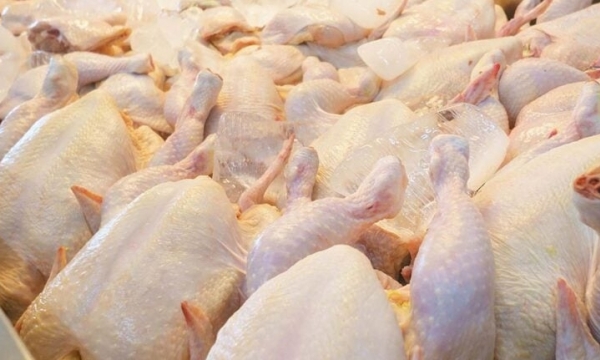
(VAN) After 2 tough years, a leading bank is suggesting that entrepreneurs and businesses should look at capturing investment opportunities in Asia’s poultry supply chain.
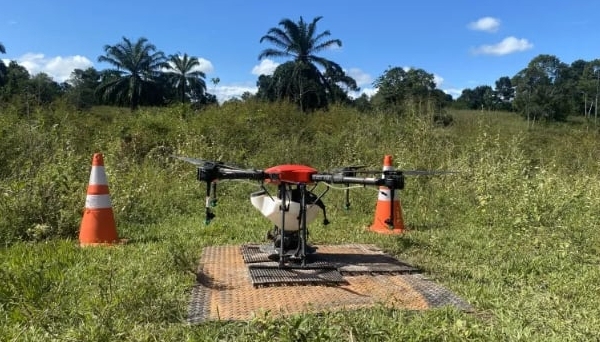
(VAN) Drones are being used to replant degraded areas of forest in Brazil – how successful have they been so far?
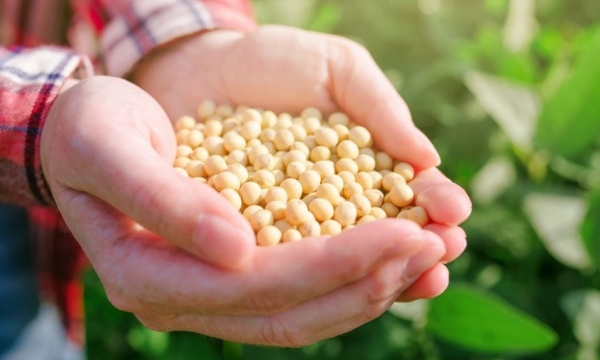
(VAN) The upcoming U.S. soybean harvest is expected to approach record levels, but exporters had sold practically none of it as of last week, a typical time when new-crop sales may start to roll in.
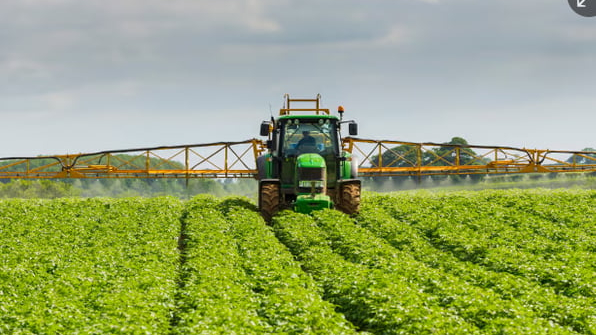
(VAN) Edible oil droplets trap bugs without the harm to people and wildlife that synthetic pesticides can cause.

(VAN) The Silks Hotel Group – Taiwan’s largest publicly-listed hotel group – has announced a cage-free sourcing policy.
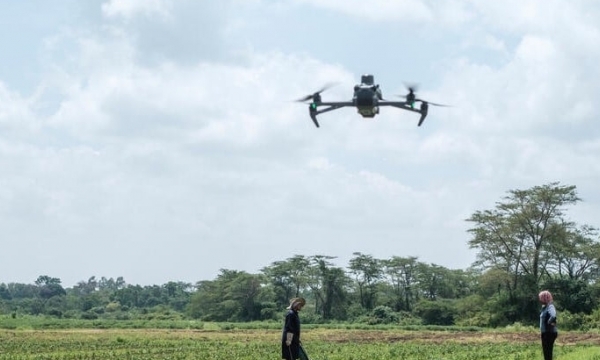
(VAN) Director-General QU Dongyu spoke at the Business Federation of the G7 in Rome
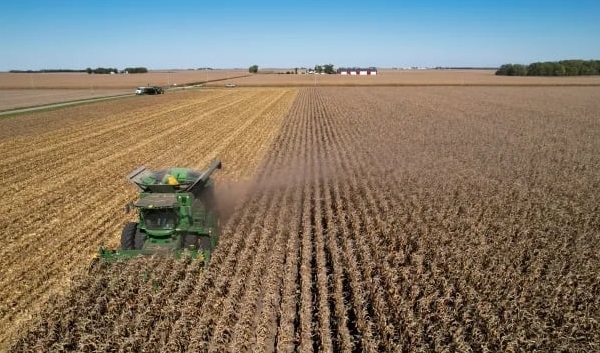
(VAN) Pharmaceutical, manufacturing and big agriculture interests have spent more than $400 million lobbying Congress on a new farm bill, a new report has found.